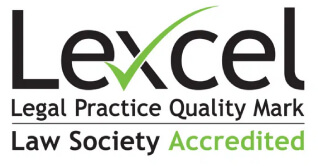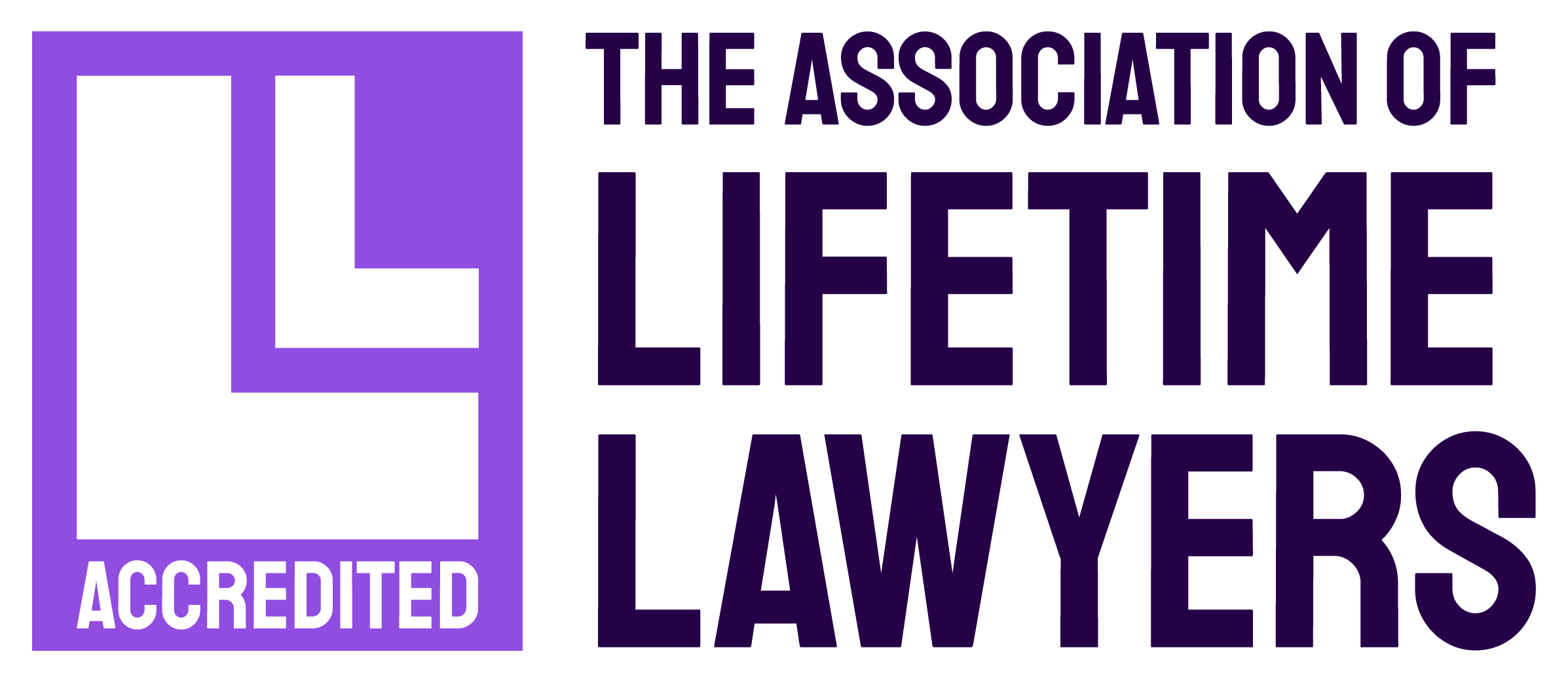Dressed for the part?
What constitutes suitable clothing to wear for work can be a tricky question to answer. With the warm summer weather upon us, what dress code should employers adopt?
Employers may want to introduce a dress codes for a variety of reasons, including portraying a professional image, encouraging conformity and protecting workers’ health and safety.
Any policy should apply equally to men and women. However, standards can be different and it is permissible to stipulate “business dress” for women, and “must wear a tie” for men. However, an employer’s dress code shouldn’t be discriminatory, and must take account of what are called the protected characteristics as set out in the Equality Act 2010. These are age, disability, gender reassignment, race, religion or belief, sex or sexual orientation.
High heels
As many of you will have seen in the press, a 27-year-old woman working for a City firm in London was sent home for refusing to wear high heels. Her employer’s defence was that she had been aware of and signed the appearance guidelines when she was hired. This case caused public outcry as the dress code could be viewed as discriminatory.
Whilst new guidelines are due to be set out this summer, the government has ruled out a change in the law because it believes that the existing legislation is adequate and already prevents companies from gender-based discrimination. However, the government’s Equalities Office has called on all employers to review their dress codes and “consider whether they remain relevant and lawful”.
Advice for employers
Although staff can be dismissed for failing to comply with a dress code, employers need to be aware of the underlying issues. It is widely acknowledged by the medical profession that high heels can cause pain and harm, and therefore to state that they should be worn could lead to a successful claim for direct discrimination on grounds of sex.
Employers also need to be sensitive to employees who dress in a certain way for religious reasons, as recent legal decisions have decided that people should be allowed to express their faith through their dress. However, workers can be required not to wear certain types of clothing in specific situations. For example, loose clothing near machinery could be a health and safety risk.
Tattoos and piercings are another delicate topic; employers need to make it clear what is and isn’t acceptable. If tattoos are allowed, then employers may wish to state they mustn’t be discriminatory or otherwise offensive.
Workplace consultation
When drafting or updating a dress code, an employer might want to consult with employees as to whether what is proposed is viewed as reasonable. For example, most employees would agree and support the view that client-facing staff should dress to a certain standard, or that sandals shouldn’t be worn in factory areas.
Whatever dress code an employer seeks to implement, they need to keep potential discrimination issues in mind, be alert to religious sensitivities, as well as age, sex and race discrimination. If you would like help in developing or updating a dress code, then please do get in contact.















